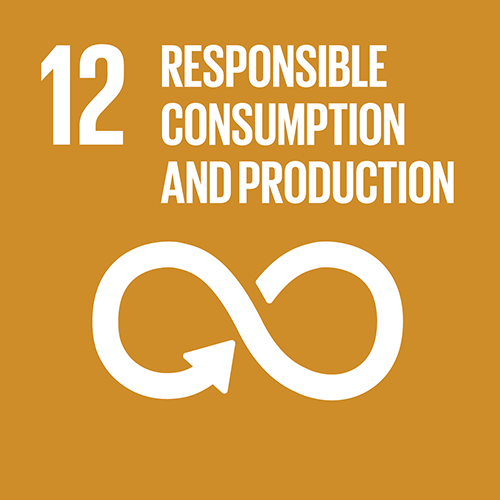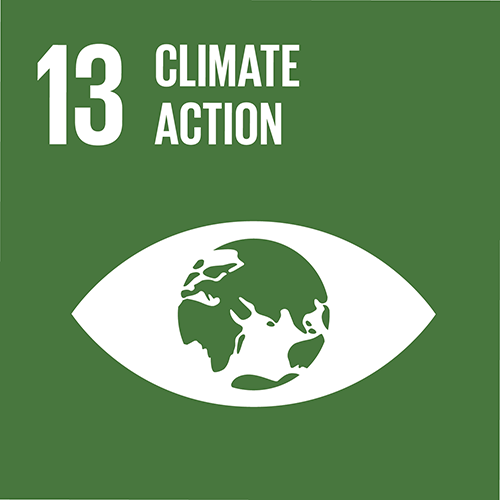Electricity from FSC Wood Waste in the Amazon
Project type: Biomass
Project location: Itacoatiara, Brazil
Project status: In operation, no credits available
Annual emission reduction of the whole project: 47,029 t
In the Brazilian Amazonas region, myclimate supports the switch from diesel to climate-friendly FSC woodchips for the production of electricity.
This small-scale project was one of the first worldwide that generates emission reduction certificates on the basis of sustainably harvested biomass from FSC- (Forest Stewardship Council) certified forestry. The woodchip power plant with 9 MW of electrical output is located in the sawmill of the Precious Woods company in Itacoatiara, a small town in the Brazilian Amazon.
The project saves 10-15 million liters of Diesel fuel per year.
The project replaces several diesel generators and helps to supply the approximately 80,000 inhabitants of the city with climate-friendlier power. Thanks to the power plant, the local population benefits from lower energy prices and a more stable energy supply (less failures and transport losses). The plant produces annually up to 45,000 MWh of electricity, for which otherwise around 10-15 million litres of diesel would be consumed. The waste heat generated during this process is used for the wood drying plants.
Sustainable forestry is more than taking care about trees. It is important for the whole ecosystem rainforest as it guarantees the protection of the great biodiversity.
For the production of the electricity, around 100,000 tonnes of wood are required annually. These are delivered in the form of wood waste and sawdust from the sawmill. All this wood waste comes from sustainable forestry in accordance with FSC guidelines. Prior to start-up of the plant, this wood waste was rotting in large piles on the property. Through the sustainable use of the waste, a reduction of the greenhouse gas methane was therefore also possible. The total reduction amounts to about 48,000 tonnes of CO₂ equivalents annually.
Madalena enjoys very much her job for it’s very organized and tidy. Maria points out that she has a good stability for her and her family as the salary never comes late.
What exactly are the CO₂ funds used for?
Even though the existing plant has already been built, it was possible thanks to the inclusion of carbon revenues in the planning phase of the project - which currently generates its primary revenue from energy sales. The CO2 funds are also an income source and they have supported the project with CER revenues (since 2002) and GS CER revenues (since 2009 for two crediting periods) at times when the carbon market was high and then low again. Whilst the carbon revenue is not the main source of income, it is part of the revenues that make the project function every year continuously generating renewable energy and avoiding landfill emissions.
An important point is the project financing: The energy sales revenues would not have been possible without the carbon revenues (at the beginning of the project). This incentive played a very important role in overcoming the financial barrier, which is reflected in the main KPI of the project (NPV and IRR). The inclusion of the revenues from CO2 funds led to an increase in the IRR of the project. Such an increase in return compensated for the additional risk an investor would take with this project.
Project partners and implementers
The project is developed and implemented by the Swiss Precious Woods Holding Ltd, a global leader in the certified and sustainable management of tropical forests, and its local agency Mil Energia Renovável Ltda.
Monitoring, reporting and verification (MRV)
The project has had dual certification under Clean Development Mechanism and the Gold Standard until 2020. Since 2021, the project activity is only under the Gold Standard. Gold Standard climate protection projects are continuously monitored on, meaning that the clean energy delivered from the project is measured and checked continuously using an electirc meter calibrated and approved by the relevant local authorities. The corresponding monitoring report is verified by an independent auditor and submitted to the Gold Standard as a verification report. The strict monitoring procedures help to ensure high quality standards throughout the project. This ensures that the project is successful in the long term and that the emissions reductions generated by the project are correct. More detailed information can be found under 'Documentation'.
This project contributes to 5 SDGs*
*as at the end of 2023. myclimate only finances a share of this project. The following figures relate to the impact of the entire project. Find out how myclimate reports these SDGs in our FAQ.
The following SDGs are verified by the Gold Standard:
635GWh renewable energy produced.
167 jobs created.
1,488,765 tonnes of organic waste processed and avoided from anaerobic decay.
198 million litres of diesel saved
100% of renewable biomass residues is used to generate electricity.
Situation without project
Diesel generators and wood stock pilesDocumentations
Project standard

Project number
7123












